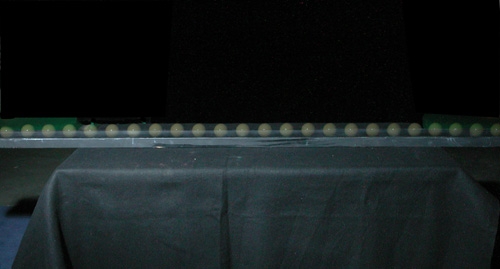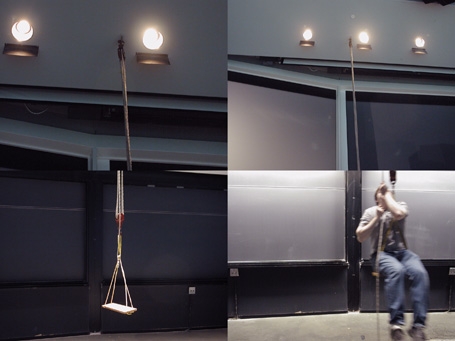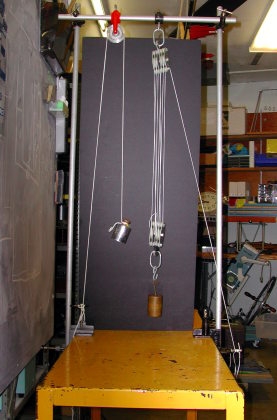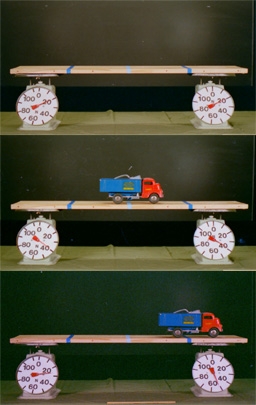Harvard Natural Sciences Lecture Demonstrations
1 Oxford St Cambridge MA 02138 Science Center B-08A (617) 495-5824
enter search criteria into the search box
Filter By
- Electrostatics (7)
- Electric Fields and Potential (8)
- Electric Currents; DC Circuits (9)
- Fields of Moving Charges (4)
- Magnetic Fields and Forces (2)
- Induction and Faraday's Law (13)
- Electric Fields in Matter (2)
- Magnetic Fields in Matter (7)
- Electromagnetic Waves (7)
- Electromagnetic Devices (1)
- AC Circuits (6)
- Measurement and Kinematics (10)
- Center-of-Mass and Relative Motion (4)
- Forces in Equilibrium (15)
- Simple Machines (4)
- Newton's First Law (4)
- Newton's Second Law, Gravity and Friction Forces (19)
- Newton's Third Law (5)
- Impulse, Work, and Energy (4)
- Conservation of Linear Momentum and Energy (12)
- Angular Momentum (9)
- Rotational Dynamics (moment of inertia and the action of torques) (9)
- Rotational Dynamics (centripetal forces and rotating reference frames) (9)
- Strength of Materials and Properties of Matter (5)
Copyright © 2024 The President and Fellows of Harvard College | Accessibility | Digital Accessibility | Report Copyright Infringement



 Beam supported at ends with platform scales and toy truck as load to demonstrate moment arms.
Beam supported at ends with platform scales and toy truck as load to demonstrate moment arms.